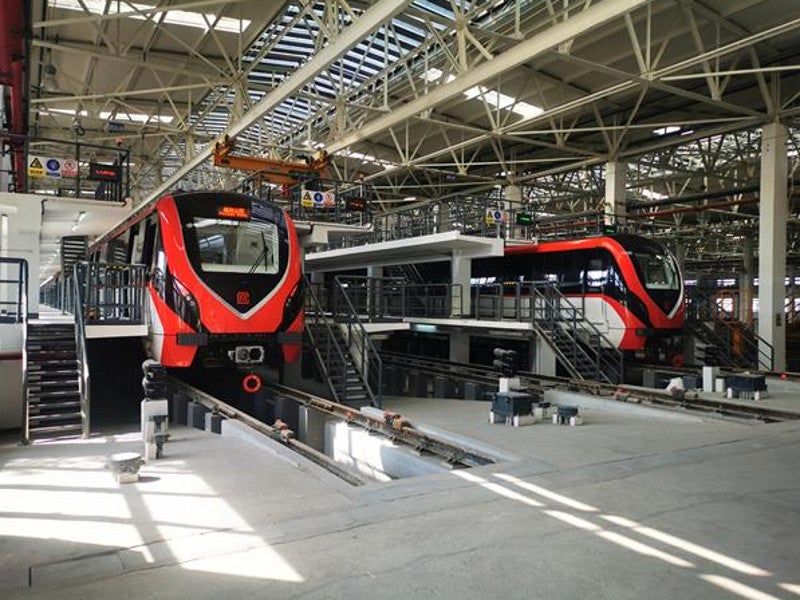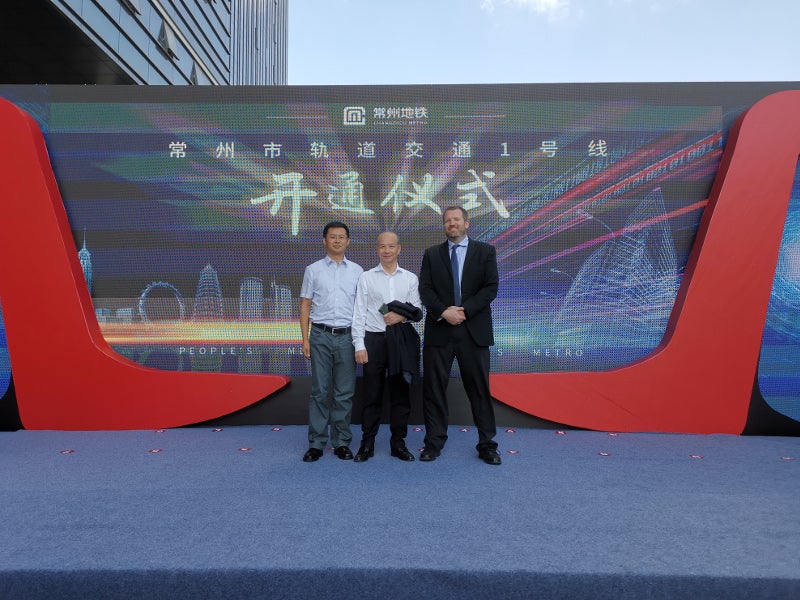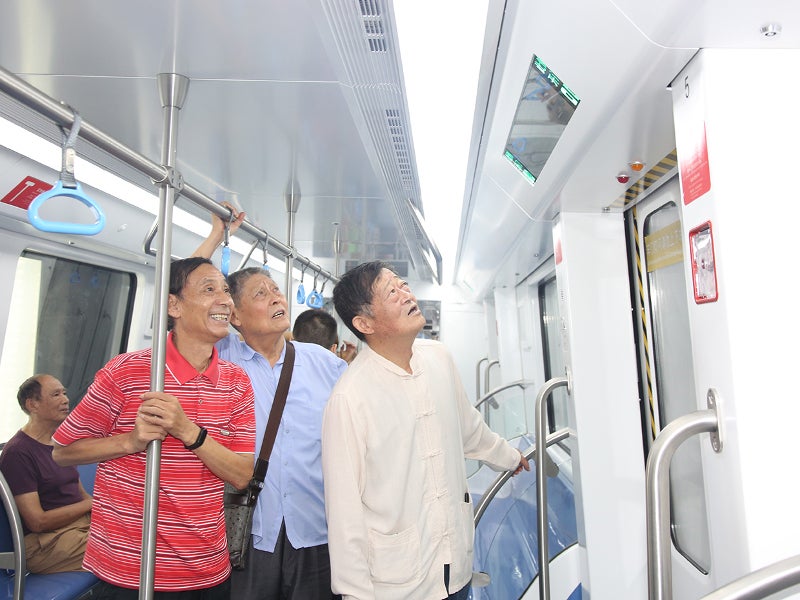Changzhou Metro rail project involves the construction of the first mass transit system in Changzhou, southern Jiangsu province, China.
It is expected to transport approximately 950,000 passengers a day, with trains operating at speeds of up to 80km/h.
The first line of Changzhou Metro was opened in September 2019. It carried 10,000 passengers over two days during its test run.
The metro will provide an efficient transit service to Changzhou’s 4.5 million residents. In addition to the metro, Changzhou is planning to develop a tram system.
Changzhou Metro system line routes
The Changzhou Metro will have six lines with a total length of 208km. Line one of the metro is 34.24km-long and served by 36 six-car trains.
It connects the Forest Park Station in the north to the NanXiaShu Station in the south. It passes through three administrative districts, linking residential and business regions.
The second line will be 19.8km-long, connecting the east and west regions and covering 15 stations along the route. Line three will run between Changzhou North Railway Station and Miaoqiao Station, while the fourth will link Xinlong Zutuan Centre Station with Jianhu Station.
The fifth and sixth lines of the Changzhou Metro will connect Qinglong Station with West Taihu Lake Science, Technology Industry Park and Xuejia.
Changzhou Metro rail construction details
Construction on the first phase of line one commenced in October 2014, while work on line two started in February 2017.
The second line is scheduled to be opened in 2021, while the remaining lines are expected to be completed by 2030.
Changzhou Metro rolling stock
The Changzhou Metro system is served by a fleet of Type B trains. Each train set measures 120m-long and contains four powered and two unpowered cars.
The train’s exterior design incorporates straight lines on the front, along with traditional red-coloured highlights and shapes reminiscent of Asian mythological dragons.
The interiors feature mild colours to create a relaxing commuter journey.
Changzhou Metro’s trains are equipped with Bombardier’s CITYFLO 650 communications-based train control (CBTC) solution and MITRAC propulsion and control system.
The CITYFLO 650 is a more efficient and reliable signalling system designed to provide track-to-train communications via wireless technology, ensuring bi-directional communication.
Its driverless moving block technology enables flexible headways and easy management, as well as remote distribution of the system updates to trains in the CBTC network. The system can also enable modifications such as expansions or track alterations.
The trains are equipped with 84MSX180 battery systems, which will provide emergency back-up power in case of power failure. The vehicles will be able to travel up to 2km based on the traction power generated from the high-power batteries.
Contractors involved
The Bombardier and New United Group (NUG) Signalling Solutions (BNS) joint venture was awarded a CNY226m ($33m) contract for providing an advanced rail control system for line one.
The MITRAC propulsion and control system is supplied by Bombardier’s Chinese joint ventures, Bombardier NUG Signalling Solutions Company (BNS) and Bombardier NUG Propulsion System (BNP).
CANNY was contracted to supply 100 units of heavy-duty public transportation-type escalators for the first phase of the Changzhou Metro second line.
BNP supplied propulsion and control equipment for line one.
CRRC Nanjing Puzhen is the manufacturer of the trains, while Saft was contracted to supply emergency back-up battery systems for the line one fleet.









